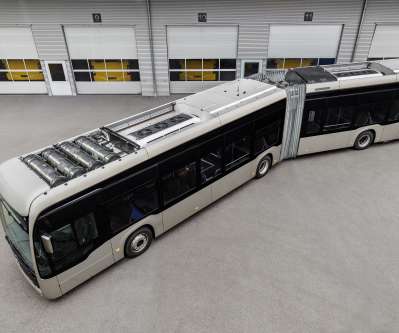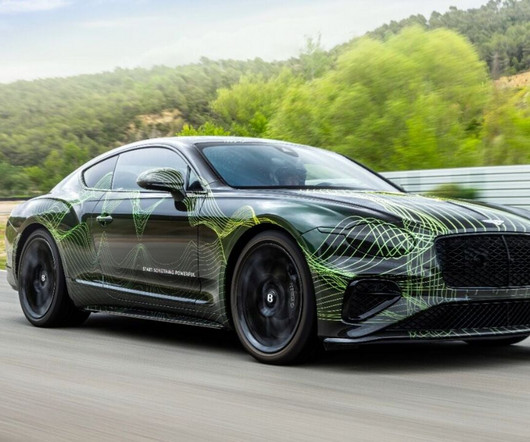Berkeley Lab copper catalyst yields high-efficiency CO2-to-fuels conversion
Green Car Congress
SEPTEMBER 19, 2017
Scientists at the Department of Energy’s Lawrence Berkeley National Laboratory (Berkeley Lab) have developed a new electrocatalyst that can directly convert carbon dioxide into multicarbon fuels and alcohols using record-low inputs of energy. At top left are transmission electron microscope images of the copper nanoparticles.


























Let's personalize your content